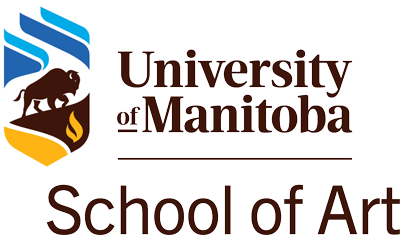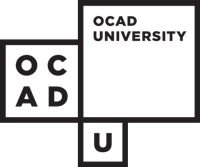
Square bag with short rectangular flap decorated on one side with quillwork in a geometric design with human figures and edged with metal tubes (detail), Pitt Rivers Museum, University of Oxford, Photograph by Dr. Gerald McMaster. Visual design overlay by Mariah Meawasige.
An Indigenous Turn: Wapatah and Visual Knowledge
Gerald McMaster, curator, artist, author, and professor of Indigenous Visual Culture and Critical Curatorial Studies at OCAD University
There is an Indigenous turn happening across Canada and the world. This turn is incumbent upon investigating how the world is both perceived and understood through language and visual knowledge. This keynote will examine some of the work being done at Wapatah Centre for Indigenous Visual Knowledge, in writings and exhibitionary practice, as one such way of contributing to this globally Indigenous turn through the applied use of Indigenous languages and the expression of how the world is experienced through an Indigenized lens.
The Wapatah Centre for Indigenous Visual Knowledge is OCAD University’s first Canada Research Chair. The Centre developed out of the following question: What happens when creative cultures come into contact? Trade between Indigenous and Europeans has been a constant throughout our shared history, from new materials to ideas. I would argue that being coeval with Europeans suggests that Indigenous peoples have always been modern and that our forced effacement during the late 19th century resulted in the near total annihilation of Indigenous cultural knowledge. At Wapatah, we study particular kinds of art produced in the entangled contact zones of this modernity. Furthermore, with the Indigenous turn towards researching and situating Indigenous ways of knowing in contrast to European theory and methodology, the naming of the research Centre signifies our shared interest in determining the thrivance and efficacy of an Indigenous way of seeing and the visual knowledges embedded in significant creative practices. Wapatah is a condition of seeing, a visual knowledge. Indigenous peoples continue to expand the language of art, contributing to the visual knowledge discourse that situated its starting point within the framework of the western art world. The Indigenous turn asks that the history of this starting point must be reevaluated.
Dr. Gerald McMaster has over 30 years international work and expertise in contemporary art, critical theory, museology and Indigenous aesthetics. His experience as an artist and curator in art and ethnology museums researching and collecting art, as well as producing exhibitions has given him a thorough understanding of transnational Indigenous visual culture and curatorial practice. His early interests concerned the ways in which culturally sensitive objects were displayed in ethnology museums, as well as the lack of representation of Indigenous artists in art museums. As a practicing artist, he offered a way of staging hitherto decontextualized objects different from the traditional formats favoured by exhibition designers trained in Western traditions; instead, his was an approach that rested on Indigenous epistemologies. These early stages in developing an Indigenous visuality led him to study concepts in visual, experiential and spatial composition. His exhibition Savage Graces (1992) challenged long held views, and played a major role in breaking down conventional barriers around where art should be practiced, while also demonstrating that art is not tied to ethnicity. As a curator, he focused on advancing the intellectual landscape for Indigenous curatorship through the foundational concept of voice. He curated, for example, an exhibition called Indigena (1992) that brought together unfiltered Indigenous voices for the first time. Until then, non-Indigenous scholars had dominated discussions of Indigenous art, history and culture. McMaster made the point that Indigenous artists and writers were more than capable of representing themselves in articulate, eloquent ways. Over the past 20 years, he has continued to refine the idea of voice, leading him to ask: How can Indigenous voices continue providing new perspectives on well-researched subjects such as art, history and anthropology? Throughout his career, his championing of the mainstream value of Indigenous art, among other things, has led to his being chosen to represent Canada at a number of prestigious international events. These include his serving as Canadian Commissioner for the 1995 Venice Biennale, and as artistic director of the 2012 Biennale of Sydney. McMaster is currently collaborating on three major international projects in Europe, South America, and Australia.



